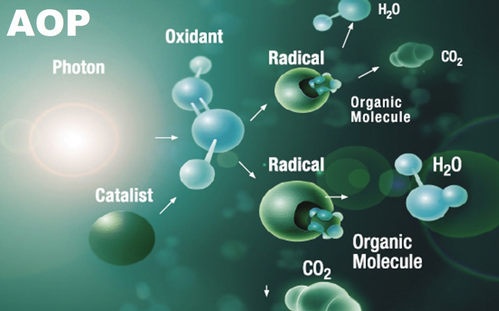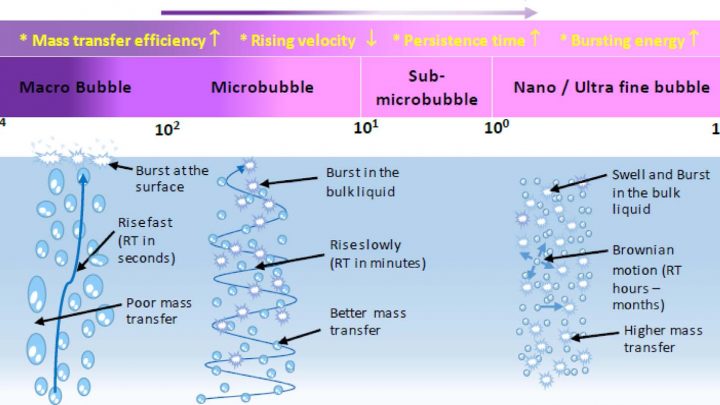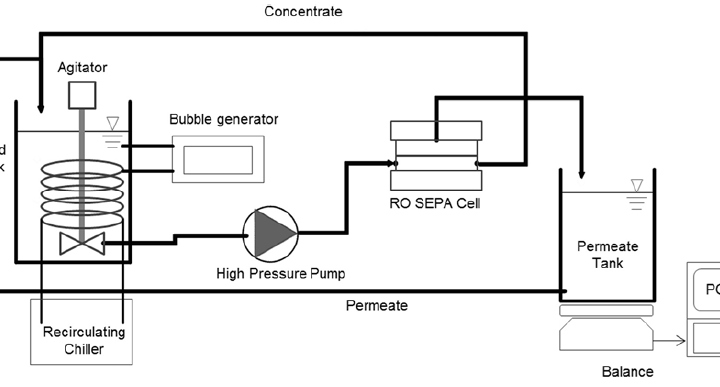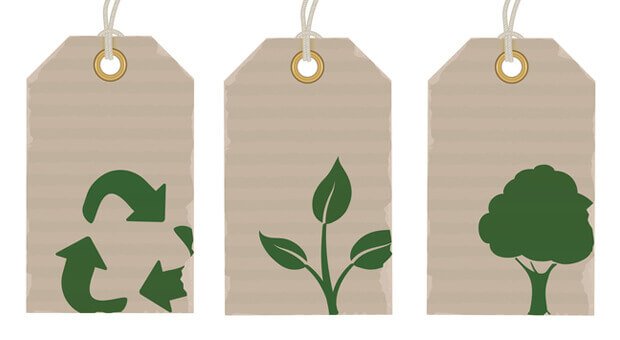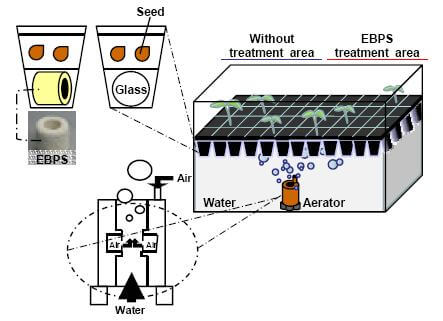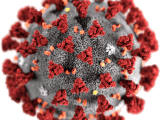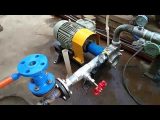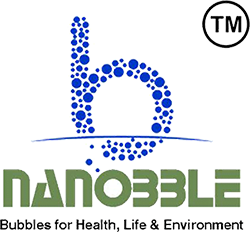Oil Production Water Treatment by Dissolved Air Flotation
Oil production involves several operations that generate environmental impact. One of them is the necessary separation, before marketing, of the water that comes associated to the oil. Volume and composition of production water depend specifically on the reservoir from which it comes. Traditionally, API separators and corrugated plates are used to carry out the treatment;…
